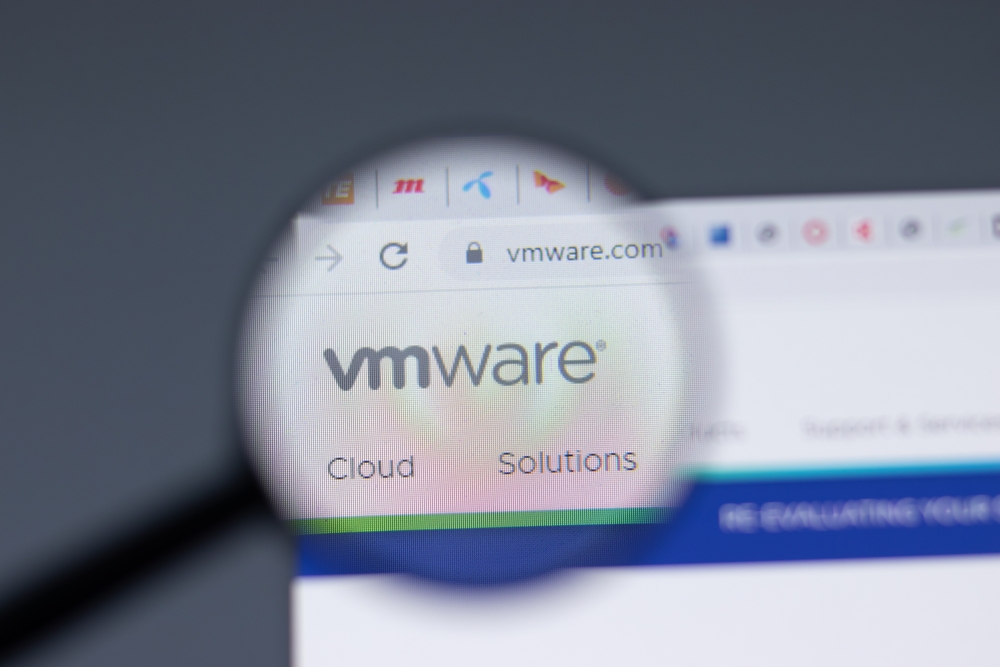Snowballing Ransomware Variants Highlight Growing Threat to VMware ESXi Environments

The latest confirmations of the growing attacker interest in VMware ESXi environments are two ransomware variants that surfaced in recent weeks and have begun hitting targets worldwide.
One of the malware tools, dubbed Luna, is written in Rust and can encrypt data on ESXi virtual machines (VMs) in addition to data on Linux and Window systems. The other is Black Basta, a rapidly proliferating ransomware variant written in C++ that, like Luna, targets ESXi VMs and also works on Windows and Linux systems as well.
They add to a collection of ransomware variants aimed at ESXi, VMware’s bare-metal hypervisor for running virtual machines. Numerous organizations use the technology to deploy multiple VMs on a single host system or across a cluster of host systems, making the environment an ideal target for attackers looking to cause widespread damage.
“Infrastructure services like networking equipment and hosting infrastructure like ESXi can’t easily be patched on demand,” says Tim McGuffin, director of adversarial engineering at Lares Consulting. “Attacking these services provides a one-stop shop for impact since a large number of servers can be encrypted or attacked at once.”
Other recent examples of malware targeting ESXi environments include Cheerscrypt, LockBit, RansomEXX, and Hive.
The Cross-Platform Ransomware Threat
Researchers from Kaspersky first spotted Luna in the wild last month. Their analysis
shows the malware to fall into the trend of several other recent variants that are written in platform-agnostic languages like Rust and Golang, so they can be easily ported across different operating systems. The researchers also found the malware to employ a somewhat rare combination of AES and x25519 cryptographic protocols to encrypt data on victim systems. The security vendor assessed the operator of the malware to be likely based in Russia.
Kaspersky’s analysis of a recent version of Black Basta — a ransomware variant it has been tracking since February — shows the malware has been tweaked so it can now encrypt specific directories, or the entire “/vmfs/volumes” folder, on ESXi VMs. The malware uses the ChaCha20 256-bit cipher to encrypt files on victim systems. It also uses multithreading to speed up the encryption process by getting all processors on the infected systems to work at the same time on the task.
Since surfacing in February, the operators of Black Basta have managed to compromise at least 40 organizations worldwide. Victims include organizations in the manufacturing and electronics sectors in the US and multiple other countries. Available telemetry suggests the threat actor could soon chalk up other hits across Europe, United States, and Asia, according to Kaspersky.
A Target for Inflicting Wide Damage
The proliferation of ransomware targeting ESXi systems poses a major threat to organizations using the technology, security experts have noted. An attacker that gains access to an EXSi host system can infect all virtual machines running on it and the host itself. If the host is part of a larger cluster with shared storage volumes, an attacker can infect all VMs in the cluster as well, causing widespread damage.
“If a VMware guest server is encrypted at the operating system level, recovery from VMware backups or snapshots can be fairly easy,” McGuffin says. ‘[But] if the VMware server itself is used to encrypt the guests, those backups and snapshots are likely encrypted as well.” Recovering from such an attack would require first recovering the infrastructure and then the virtual machines. “Organizations should consider truly offline storage for backups where they will be unavailable for attackers to encrypt,” McGuffin adds.
Vulnerabilities are another factor that is likely fueling attacker interest in ESXi. VMware has disclosed multiple vulnerabilities in recent months. In February, for instance, the company disclosed five flaws — including important and critical ones — that affected ESXi (CVE-2021-22040, CVE-2021-22041, CVE-2021-22042, CVE-2021-22043, and CVE-2021-22050). The same month, VMware announced a heap overflow vulnerability in the technology (CVE-2021-22045), and there have been multiple other moderate to low severity flaws the company has disclosed over the past year or so, including a critical remote code execution flaw.
“In recent months, VMware ESXi had several notable vulnerability disclosures and patches, which might be why attackers have an increased interest in targeting those environments,” says Joseph Carson, chief security scientist and advisory CISO at Delinea. Most of these virtual environments tend to have a strong backup and snapshot strategy. However, attackers can cause a significant impact if they can also deploy ransomware on the backup systems as well, he says.
Carson advocates that organizations running VMware conduct risk assessments and consistently check for known vulnerabilities and misconfigurations to ensure they are patched and configured correctly. They also need to ensure that Internet-facing systems have strong access controls in place to ensure only authorized employees have access to those systems.
Matthew Warner, chief technology officer and co-founder at Blumira, points to the Log4j vulnerability as another likely reason for the mushrooming attacker interest in ESXi environments. “VMware has an incredibly wide range of solutions that utilized Log4i and were impacted by this vulnerability,” he says. VMware itself acted quickly to provide mitigation guidance. But it’s likely that many ignored the mitigation advice and are now targets of ransomware purveyors, he says.
“There is almost never a situation where VMware Horizon should be Internet-facing,” Warner says. “It opens up untold amounts of risk to the infrastructure.” Blumira has run into several instances where VMware Horizon servers were exposed due to access control issues on the firewalls, not to purposeful exposure. “This serves as a good reminder that your DMZ and Internet exposure must be monitored on an ongoing basis within your environment,” he advocates.
Read More HERE
